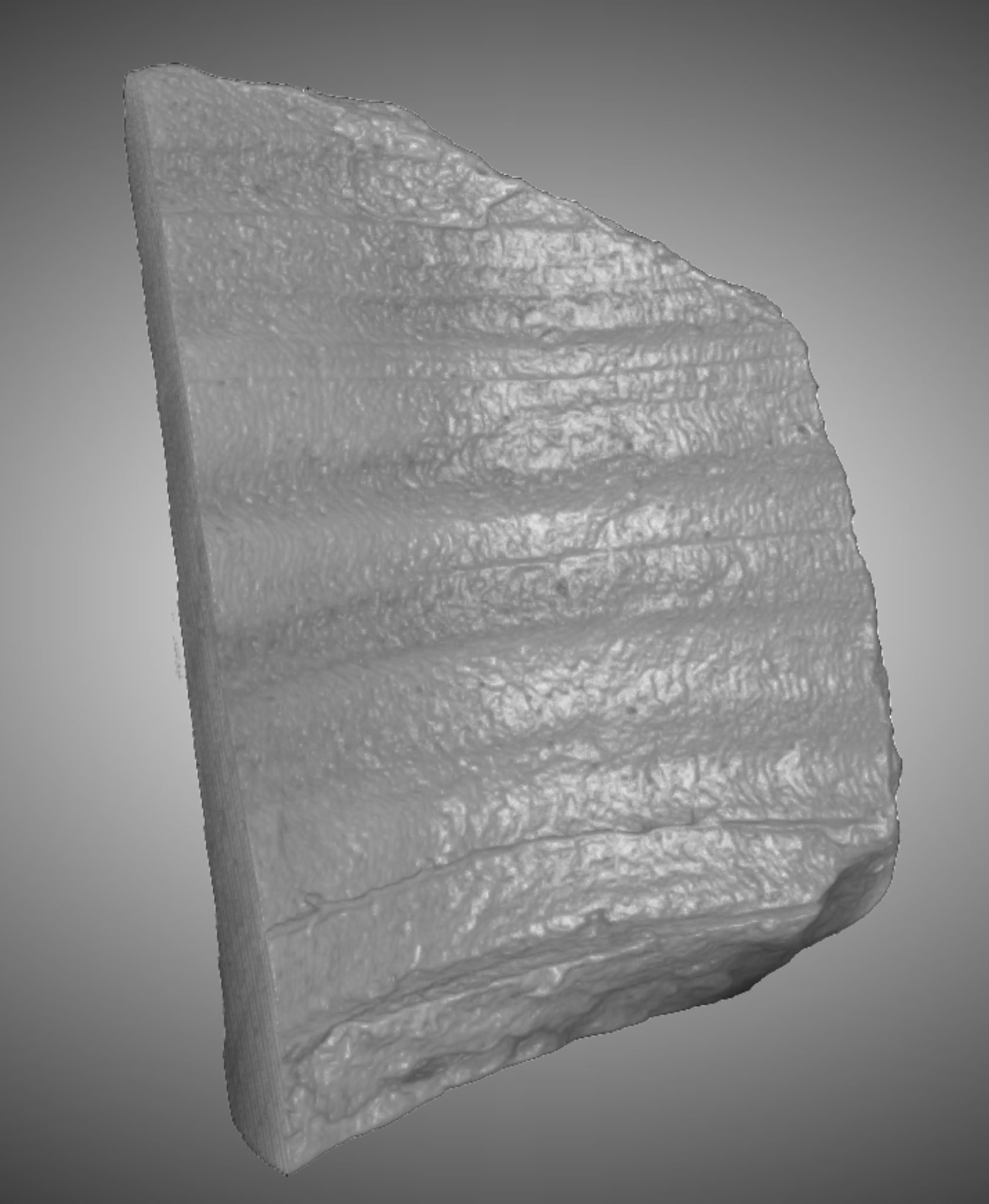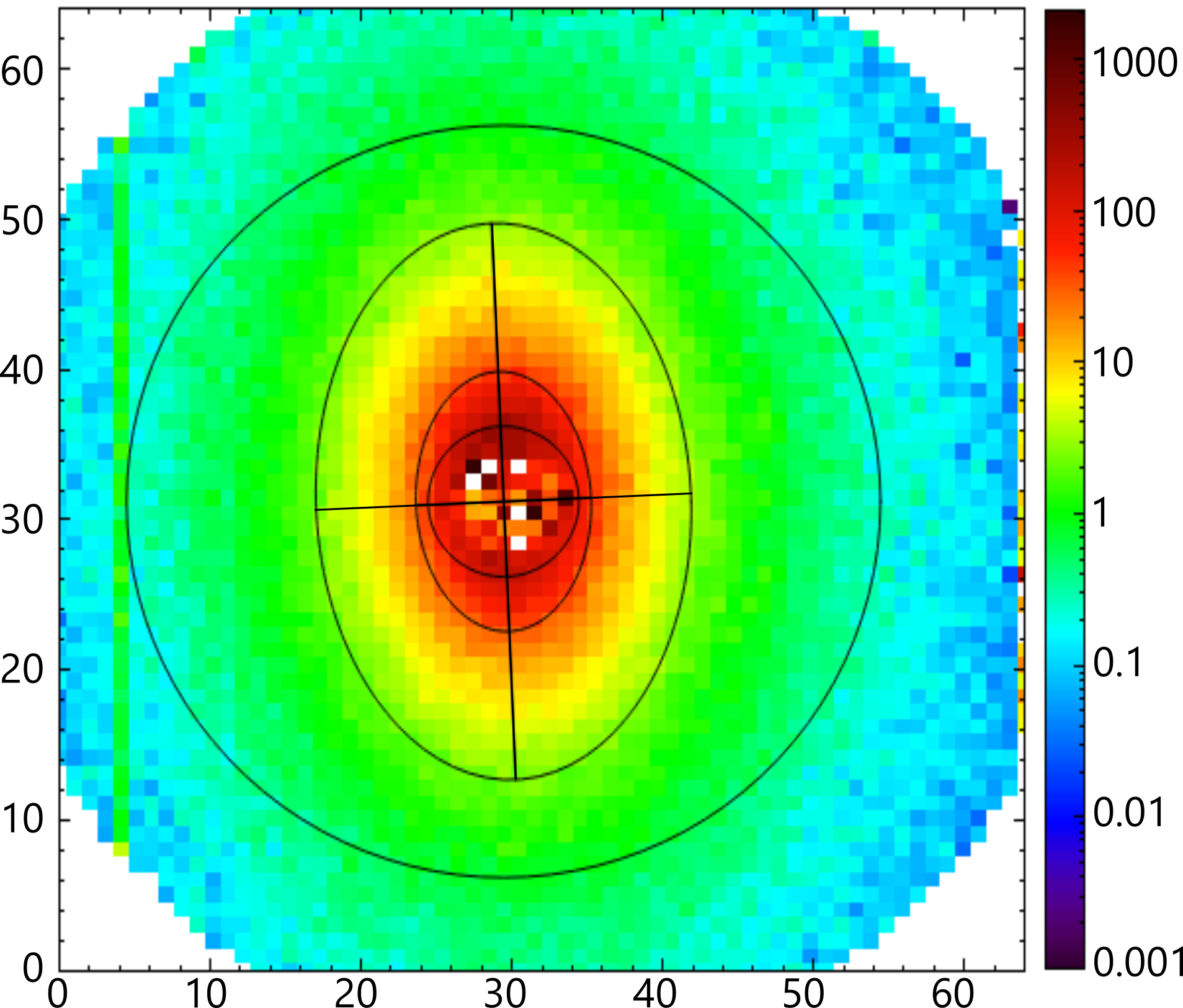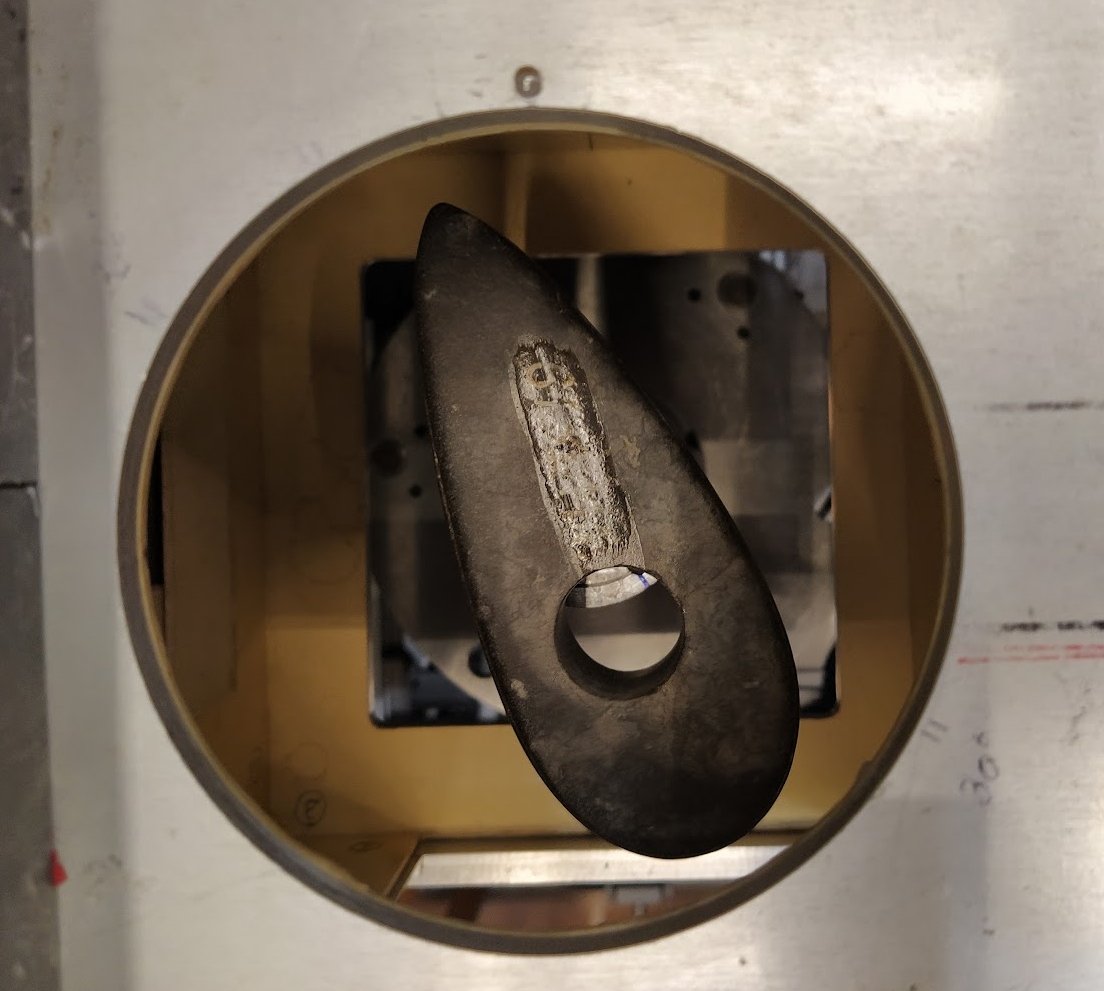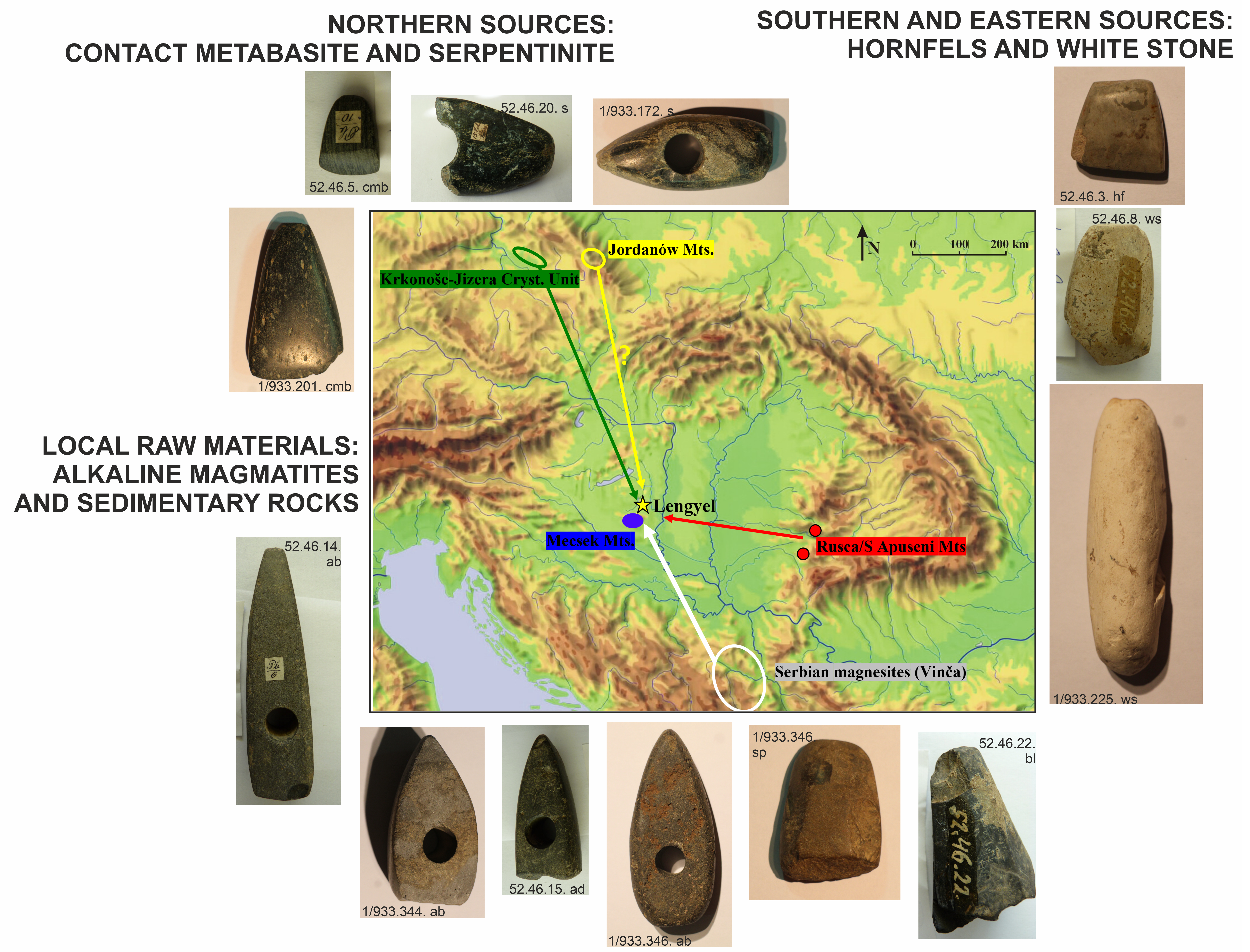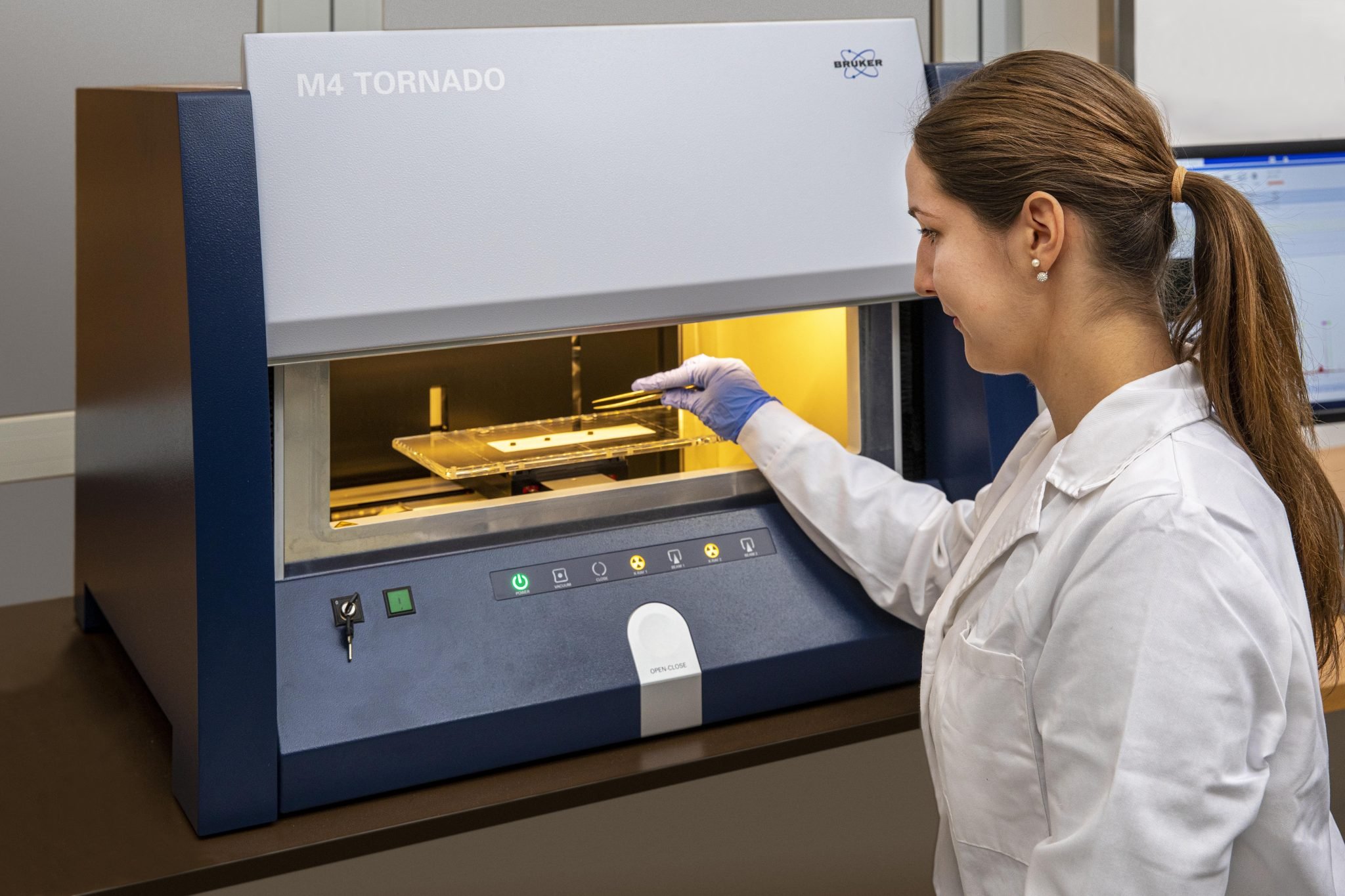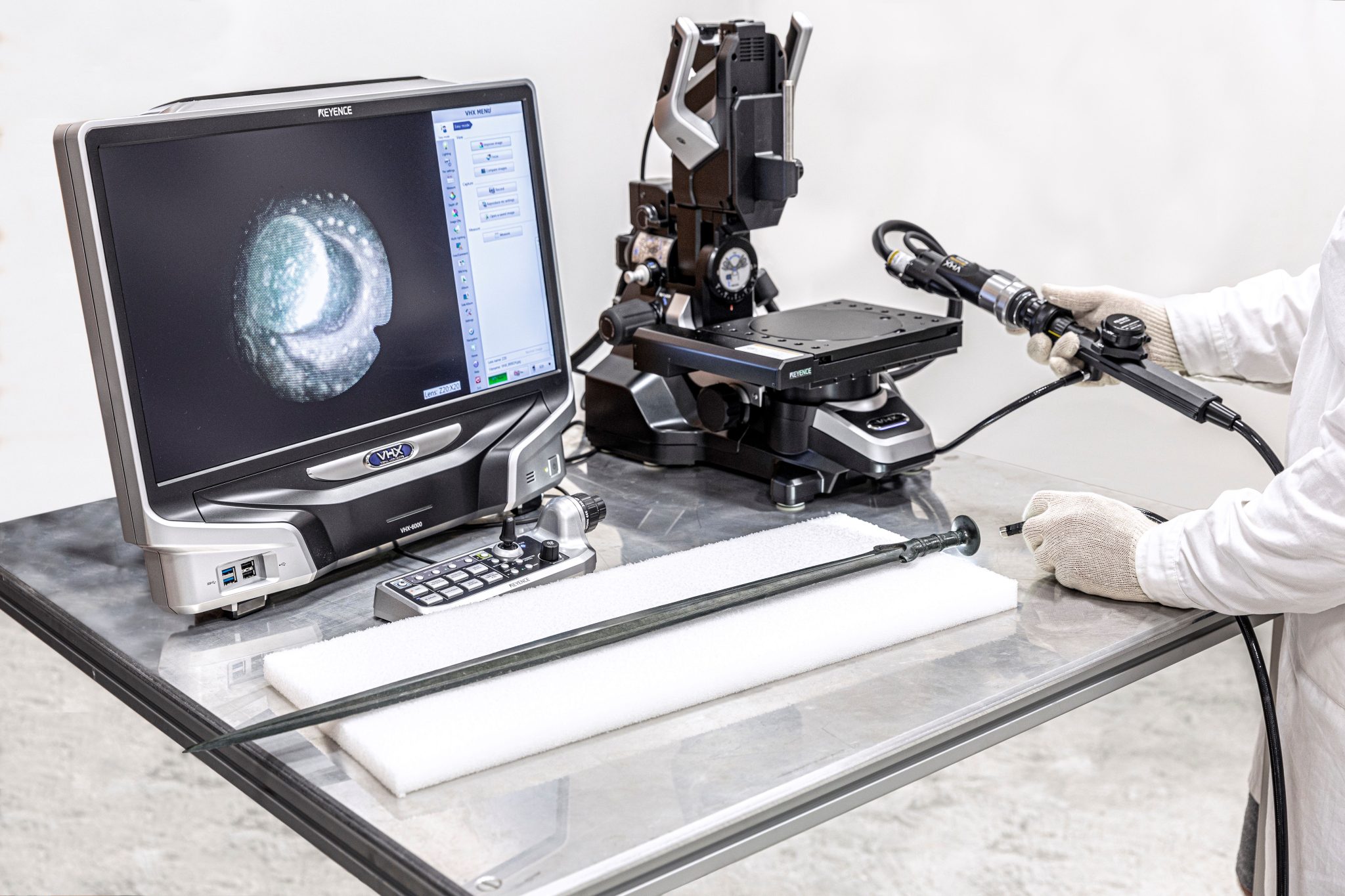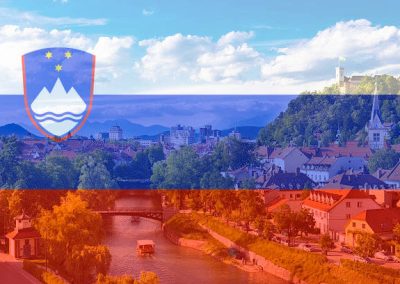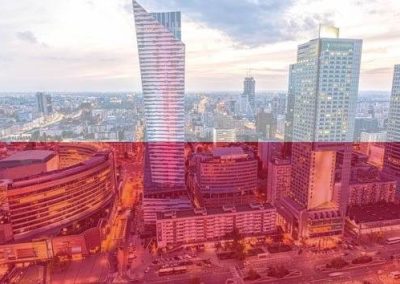The Hungarian node of E-RIHS comprises the Hungarian National Museum (Budapest) and three institutions of the Hungarian Research Network, namely the Institute for Nuclear Research (Debrecen), the Centre for Energy Research (Budapest), and the Wigner Research Centre for Physics (Budapest). The members of the node have participated in several national and international programmes related to heritage science, many times as access providers. Large-scale facilities, such as particle accelerators and the Budapest Research Reactor, are equipped with various analytical and imaging tools for a thorough investigation of art and archaeological objects. Our laboratories provide information on the material composition, structure, the technology involved and age of archaeological and museum objects over a wide range of scales using scientific methods, dating, and equipment that allows non-destructive material analysis at macroscopic and microscopic level. The Hungarian National Museum also curates an extensive online archaeology database.
Services offered in the country
In Debrecen, an ion beam analytical set-up, installed at the ATOMKI Tandetron accelerator, serves to determine the concentration and distribution of elements both in vacuum and in air with high lateral resolution. A collection of analytical and imaging tools provides complementary information on the structure and composition of the objects. The age of objects made of organic or inorganic carbonaceous materials is determined using the C-14 method. By measuring various stable isotopes, we can obtain information on feeding habits, migratory processes, and environmental factors.
The Budapest Neutron Centre – a structured department of the Institute for Energy Security and Environmental Sciences, HUN-REN Centre for Energy Research, Budapest, Hungary – offers several non-destructive neutron-based techniques to investigate a large variety of heritage objects, including archaeological finds of rocks, ceramics, glass or metals. The offered methods are to explore either the chemical (elemental or isotopic) composition or the inner microscopic or macroscopic structure of the objects. Besides the neutron-based methods, complementary X-ray or particle-based methods, as well as optical and scanning electron microscopy, are also available within the same campus that also hosts the HUN-REN Wigner Research Centre for Physics.
The Hungarian National Museum offers a complex analysis of ceramics, stones, glass, metal and other inorganic and organic materials employing a wide range of destructive and non-destructive analytical techniques. Furthermore, the Hungarian National Museum holds the largest comparative collection of previously analysed archaeological finds.

